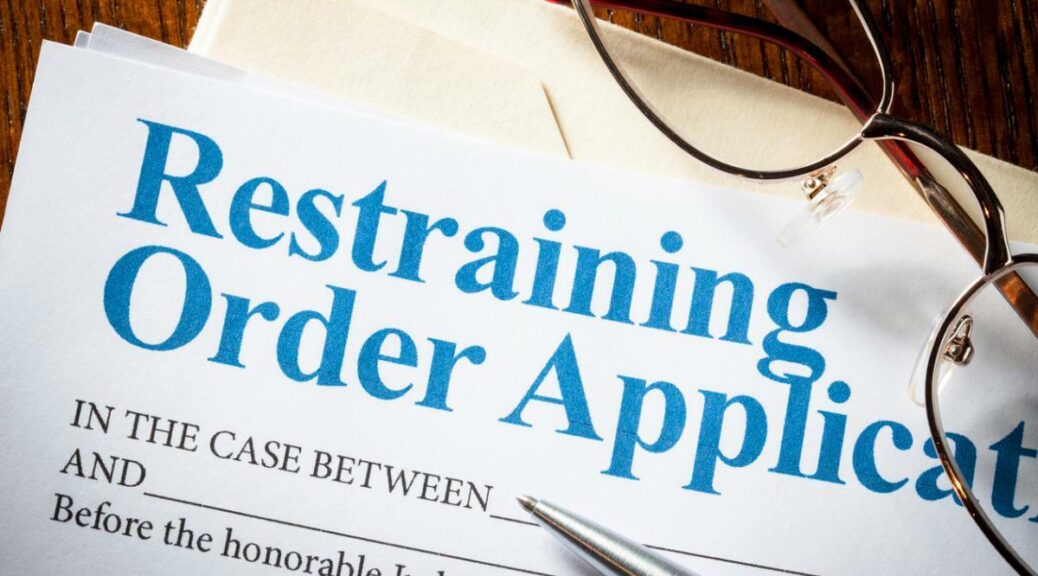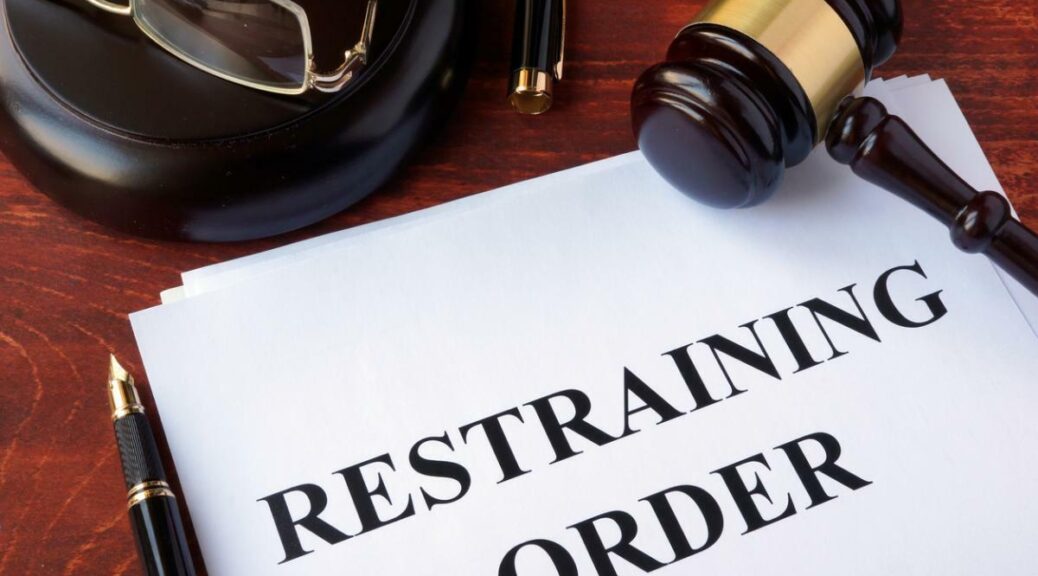The Golden State has some of the toughest gun laws in the United States to protect its citizens from domestic violence and firearm crimes. CA Gun Restraining Orders were approved in 2016 by the state legislature so “family members, household members, some employers, colleagues, teachers, and law enforcement can take action to prevent a person who poses a significant risk of harming themselves or others from having or purchasing a gun, ammunition, or magazine for a specified length of time, between 21 days and five years.”
When would you need a Gun Violence Restraining Order (GVRO), and what protections does it provide? CA Certified Family Law Specialist Judy L. Burger discusses CA Gun Restraining Orders and how they work.
California Domestic Violence and Firearm Restrictions
California law prohibits anyone from buying or owning firearms for 10 years after a violent misdemeanor conviction, including stalking, assault, and battery, no matter the victim’s relationship to the offender. Newer legislation now provides a lifetime firearms ban on anyone convicted of willfully inflicting corporal injury resulting in a traumatic condition against a current or former spouse, cohabitant, or dating partner or against the mother or father of the offender’s child after January 1, 2019.
California law also prohibits anyone subject to several types of court orders from buying, receiving, owning, or attempting to buy a firearm or ammunition while the order is in force. This includes domestic violence restraining orders, civil harassment orders, workplace violence restraining orders, and more.
California also prohibits people who are subjects of domestic violence restraining orders from owning or possessing ammunition and certain ghost gun kits and firearm components.
How Do CA Gun Violence Restraining Orders Work?
“The GVRO provides an opportunity to remove guns from individuals who would not otherwise be prohibited from possessing firearms.” Those in a close relationship with a person facing a crisis and whom they fear is at significant risk of lethal behavior (to themselves or others) may petition the court for a GVRO. This legally binding order reduces the risk of gun-related violence for between one to five years, allowing the person in crisis to get help.
The judge may issue a temporary Gun Violence Restraining Order before the scheduled hearing and may also grant other restraining orders as deemed necessary. A temporary GVRO is good for 21 days. If the judge grants a 1-5-year GVRO, a law enforcement officer will serve the papers to the person and collect any firearms, ammunition, and magazines. The subject of a GVRO cannot legally purchase any firearms, magazines, or ammunition while the order is in force. A GVRO may be extended by the court.
What a GVRO Does
A GVRO requires that all firearms and ammunition be relinquished by the subject of the order and prohibits the subject of the order from purchasing any guns or ammunition while the order is in effect.
What a GVRO Does Not Do
A GVRO does not affect knives or other non-firearm-type weapons. It does not include an order of protection for anyone. Additional protective orders may be granted by the court if needed.
Get Help with Gun Restraining Orders in California
Relationships can become complicated, and the risks of violence can escalate quickly. CA Certified Family Law Specialist Judy Burger can help you when you need legal protection or seek to protect someone close to you from committing harm or harming themselves. Contact one of our eight offices across California to schedule a consultation. We can answer your questions about Gun Violence Restraining Orders and other types of restraining orders, offer advice, help you file petitions with the court, and get the help you need now.





